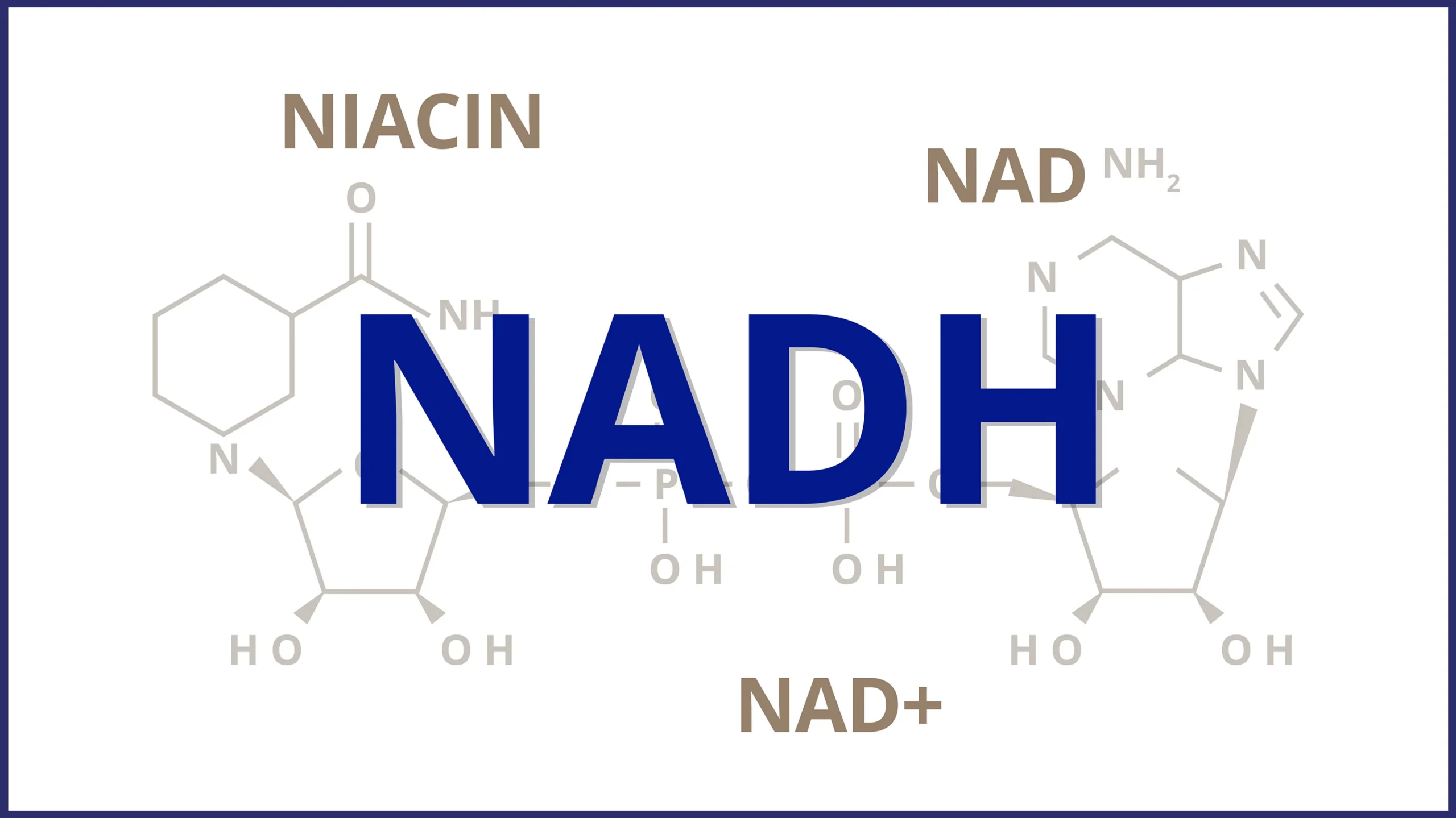Nicotinamide adenine dinucleotide (NAD) and its reduced form, NADH, are vital coenzymes present in all living cells. These molecules play crucial roles in metabolic processes that are fundamental to life. Understanding the differences between NAD and NADH is not just a matter of biochemical curiosity but has significant implications for health and disease treatment. Below, we explore the functions, structures, and importance of these coenzymes in closer detail. Keep reading to unravel the complexities of these cellular powerhouses.
Understanding the Biochemical Significance of NAD and NADH
NAD and NADH are essential in cellular metabolism, playing a key role in redox reactions that produce ATP, the energy needed for life. NAD acts as an oxidizing agent, accepting electrons to become NADH, which then donates them in further reactions, driving critical metabolic pathways.
Beyond energy production, NAD also supports DNA repair, stress responses, and gene expression. This makes NAD much more than just an energy molecule. The NAD vs. NADH dynamic highlights their importance in cellular health, especially in research on aging and metabolic diseases.
Exploring the Chemical Structure and Properties of NAD
NAD, or N-adenosine monophosphate, is a crucial component of cellular metabolism. Its chemical structure consists of two nucleotides linked by phosphate groups, allowing it to bind to enzymes at specific sites and cycle between oxidized and reduced states. NAD’s structural flexibility is a key attribute in its role in cellular metabolism.
External factors like diet, exercise, and toxins can affect NAD levels. Vitamins like niacin, found in foods like fish, poultry, and green vegetables, can boost NAD production, ensuring healthy levels. NAD’s solubility in water allows for its widespread distribution throughout cells. It primarily exists in two forms, NAD+ and NADH, with a hydrogen-ion difference crucial for redox reactions. Their water-soluble nature enables cells to regulate and utilize these molecules where needed.
The Role of NADH in Cellular Respiration and Energy Production
NADH is a crucial component in cell energy production, converting biochemical energy from nutrients into ATP. It contributes electrons to the electron transport chain, leading to ATP production. NADH is reduced during glycolysis and the citric acid cycle, acting as an intermediate for energy storage.
The energy carried by NADH is used to generate a proton gradient across the mitochondrial membrane, driving ATP synthesis. The ratio of NAD+ to NADH is a key indicator of a cell’s metabolic state, with higher ratios indicating more energy production. NADH’s proper functioning supports ATP generation and other cellular processes.
How NAD and NADH Function in Oxidation-Reduction Reactions
Oxidation-reduction (redox) reactions are crucial in cellular processes, where NAD and NADH work together to drive metabolism. NAD+ scavenges electrons from metabolic reactions, releasing potential energy as NADH. This energy is then passed on to other pathways, such as the electron transport chain, which is essential for ATP synthesis.
The redox balance within the cell is mediated by NAD and NADH’s transformative abilities. Dehydrogenases are central to these reactions, facilitating electron transfer to NAD. NAD’s versatility allows it to interact with various enzymes, influencing diverse metabolic pathways. The redox states of NAD and NADH indicate cellular health, with high levels of NADH indicating an increased risk for oxidative damage, which is linked to age-related diseases and degenerative conditions.
Health Implications of NAD and NADH Balance in the Human Body
The balance between NAD and NADH is crucial for human health, as it maintains cellular homeostasis and overall vitality. Age-related decline in NAD levels can disrupt various physiological processes, leading to age-associated pathologies like neurodegenerative diseases, cardiovascular diseases, and metabolic disorders like diabetes. Research into NAD-boosting products and diets suggests potential therapeutic avenues for enhancing NAD levels, potentially countering the effects of aging and age-related diseases.
The understanding of NAD and NADH in clinical settings is growing, with their measurement acting as biomarkers for metabolic states and potential drug targets. The potential for treatments modulating NAD and NADH levels presents a frontier for medical science, potentially revolutionizing treatment approaches and enhancing the quality of life.
Overall, the delicate interplay between NAD and NADH is an underpinning factor in cellular health, energy metabolism, and the aging process. With cutting-edge research continuing to unravel the complex roles of these coenzymes, the promise for new interventions in health and longevity remains high.




